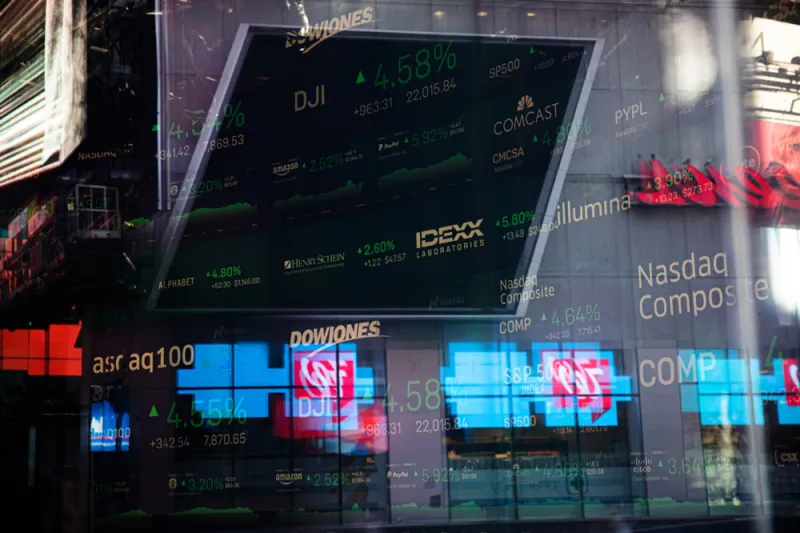Exchange-traded funds that make bearish bets saw record inflows late last month as investors braced for another potential drop in markets, according to EPFR.
Bear ETFs, including those that use leverage, attracted an unprecedented $6.04 billion during the week through April 1, data from fund flow tracker EPFR show. That smashed the previous $1.57 billion record set during the final week of January 2018.
Investors flocked to the funds after stock markets cratered last month on concerns over the coronavirus pandemic’s damage to the economy. Levered bear ETFs tend to be used by short-term traders and other investors who see trouble ahead for markets, according to Todd Rosenbluth of CFRA Research.
“The longer you invest in these strategies, the greater the risk,” said Rosenbluth, CFRA’s head of ETF and mutual fund research, in a phone interview Tuesday. “Anytime you’re shorting, your potential losses are infinite.”
Most investors in the ETF industry seek buy-and-hold strategies in equities and traditional fixed-income, according to Rosenbluth. But leveraged inverse ETFs can be “a useful tool for investors who either want to hedge their long exposure,” he said, “or have confidence in a short-term correction.”
Still, he warned, losses can pile up quickly as markets change fast. The Standard & Poor’s 500 stock index — which plummeted 34 percent from the close of February 19 through March 23 — has been on a bumpy rebound since the Federal Reserve took unprecedented steps to quell panic. Since March 23, the S&P 500 index has risen about 19 percent through Tuesday.
[II Deep Dive: High-Yield Debt Pummeled in ‘Ugly’ First Quarter]
Rob Nestor, president of ETF manager Direxion, has seen the firm’s bear assets under management rise this year, though the amount capital overseen by its bull funds remains higher.
“They’re not quite equalized yet,” Nestor said Tuesday in a phone interview. “You’ve seen a lot more interest recently in the bear side of our lineup.”
For example, investors in recent days have shown strong interest in Direxion’s ETF that makes daily leveraged bets on the inverse performance of the S&P 500 index, according to Nestor. He said the ETF, which trades under the ticker SPXS, has risen to $1.3 billion of assets.
“We’ve seen a significant amount flows into it,” said Nestor, “particularly over the last month.”
The vast majority of investors in the Direxion’s bear ETFs are traders and hedgers who tend to hold them for short periods ranging from days to weeks, he explained. The firm’s institutional clients are largely hedge funds, he said, adding that “highly tactical” registered investment advisers use its bear funds as well.
“We expect countercyclical flows in our funds,” Nestor said. “The rest of the ETF world generally chases returns.”







